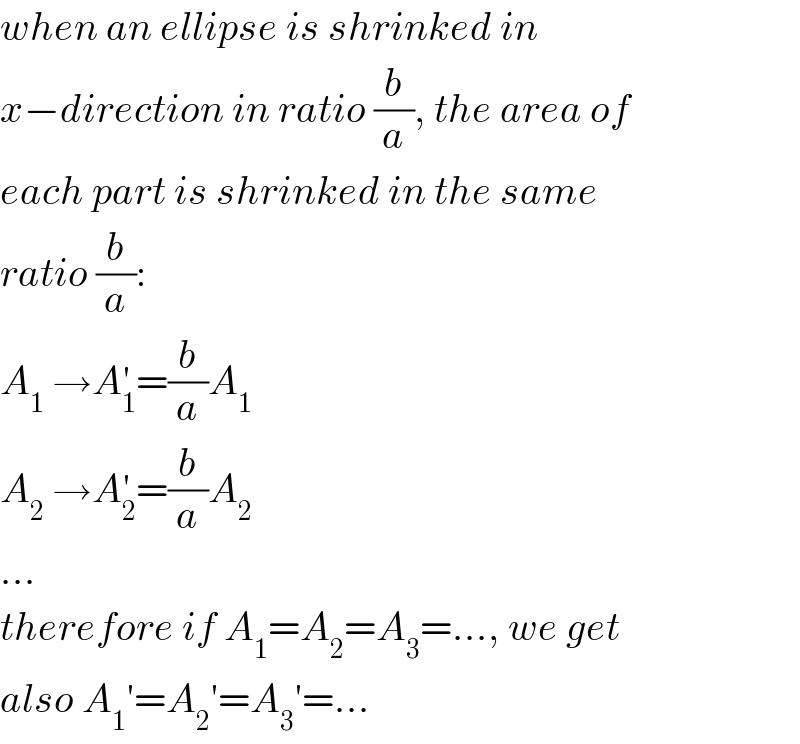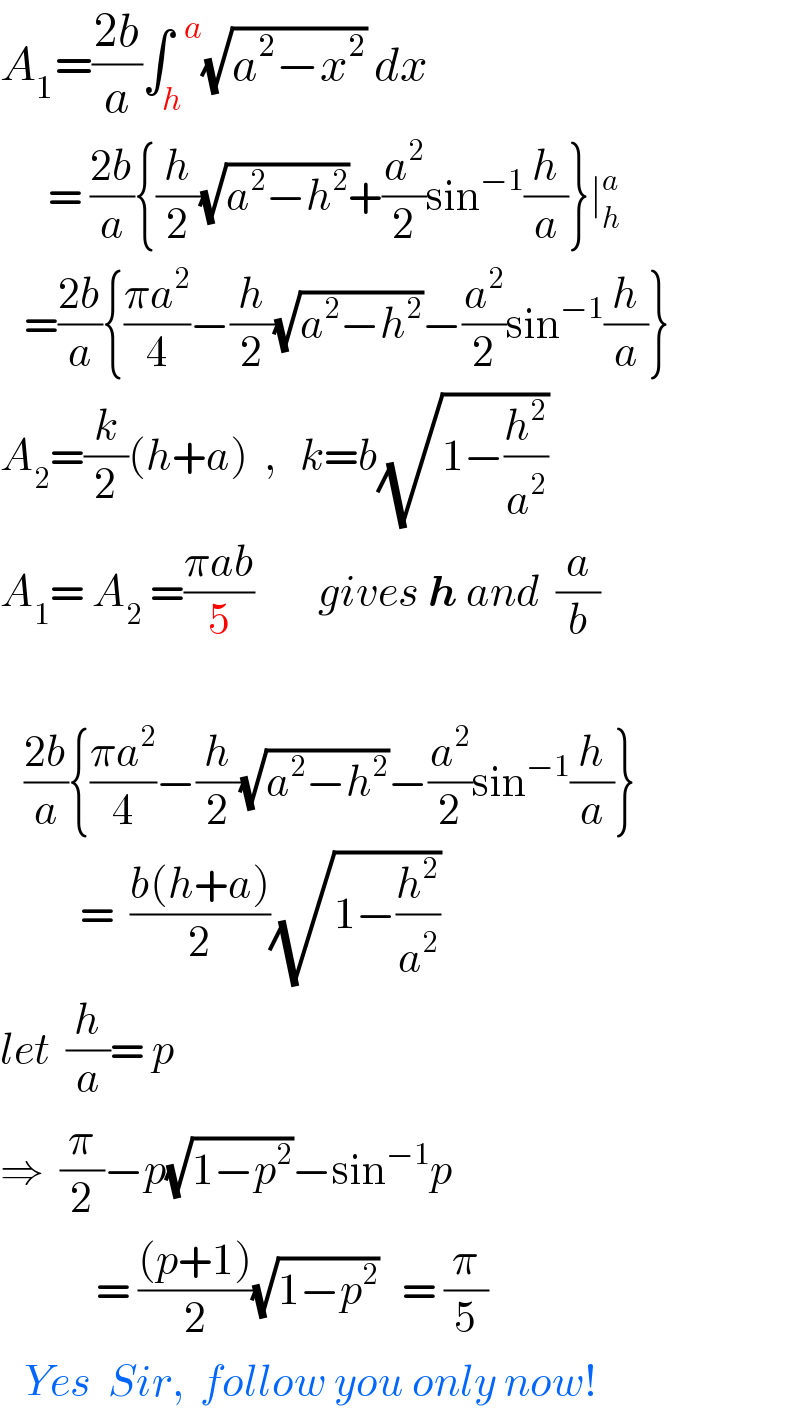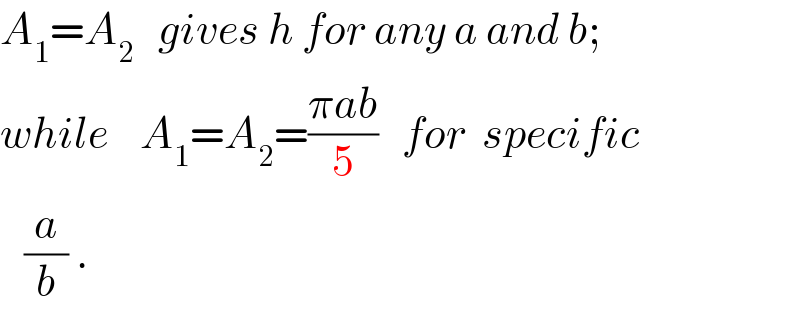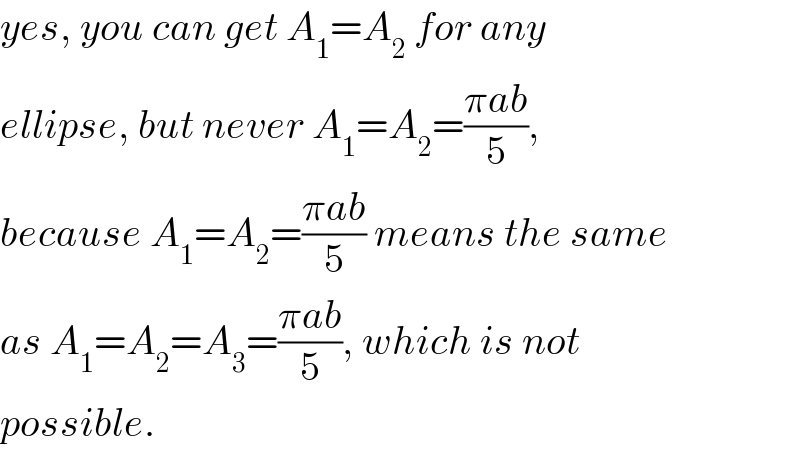
Question and Answers Forum
Question Number 102980 by ajfour last updated on 12/Jul/20

Commented by ajfour last updated on 12/Jul/20

Commented by mr W last updated on 12/Jul/20

Commented by mr W last updated on 12/Jul/20

Commented by mr W last updated on 12/Jul/20

Commented by ajfour last updated on 12/Jul/20

Commented by mr W last updated on 12/Jul/20

Answered by ajfour last updated on 12/Jul/20

Commented by mr W last updated on 12/Jul/20

Commented by ajfour last updated on 12/Jul/20

Commented by mr W last updated on 12/Jul/20

